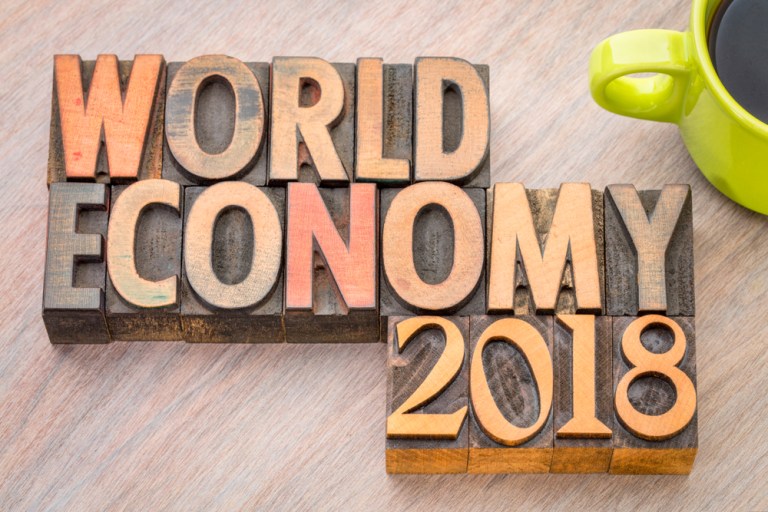All Economies Around The Globe Growing At Same Time

Ten years after the world was embroiled in a widespread economic crisis, every one of the world’s major economies are growing at the same time.
According to a report in CNBC, the growing economies around the world are creating more jobs and improving the fortunes of countless people around the globe. In the U.S., it was government spending during the Obama administration and the tax cuts signed into law by President Donald Trump that is driving growth. In Europe, the countries are feeling the positive effects of favorable monetary policies by central banks. In China, there are less concerns about a slowdown of economic growth. Even Japan, which has suffered an extended lack of growth, is also expanding.
Meanwhile, Russia and Middle East oil producers are benefiting from rising oil prices, while Mexico’s economy is growing in spite of President Trump’s rhetoric. Brazil, which has been in the throes of a depression, is showing signs the country is clawing back.
CNBC said improvements aren’t coming from newfound wealth, but rather from the fact that forces that hurt growth in the past have now run their course. While many economists don’t think the global growth will benefit people equally – with the educated, affluent and politically connected likely to benefit more than other groups – they still point to the growth as a positive sign that it could improve the lives of the middle- and lower-class.
“The world is less reliant on a few star performers,” said Barret Kupelian, senior economist at PwC, the global consulting firm, in an interview with CNBC. “If something bad happens in one economy, the fact that global growth is spread gives you more assurance that this is more sustainable.”
Citing the I.M.F, CNBC reported the world economy is projected to grow 3.9 percent in 2018 and 2019, which is higher than the 3.7 percent growth seen in 2017. Before the financial crisis, global growth surpassed 4 percent.